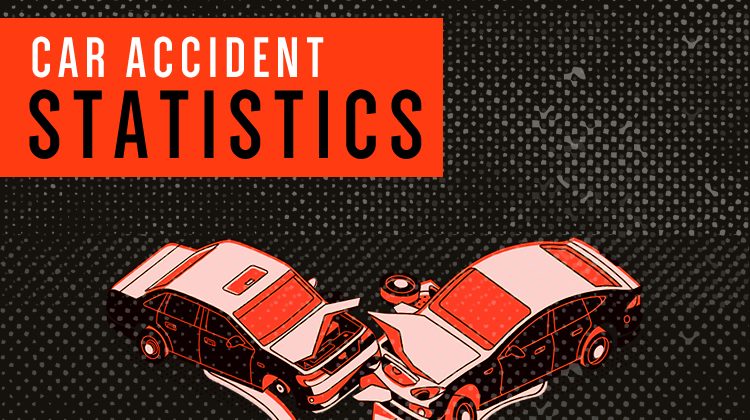Commercial truck accidents can result in devastating consequences due to their size and weight. While these accidents can occur for various reasons, understanding their common causes and implementing preventive measures is crucial for reducing their occurrence. Here, we want to discuss some of the primary causes of commercial truck accidents and discuss strategies to avoid them.
Common Causes Of Truck Accidents
Driver Fatigue:
As noted by the truck accident lawyers in Louisville, one of the leading causes of commercial truck accidents is driver fatigue. Long hours on the road without adequate rest can impair a truck driver’s judgment, reflexes, and attention, increasing the risk of accidents. To mitigate this risk, truck drivers should adhere to federal regulations governing hours of service, take regular breaks, and prioritize sufficient sleep before each trip. Employers can also play a role by implementing policies that promote healthy sleep habits and provide adequate scheduling flexibility to prevent driver fatigue.
Distracted Driving:
Distractions such as using mobile phones, eating, adjusting the radio, or even reading maps can divert a truck driver’s attention from the road, leading to accidents. To combat distracted driving, truck drivers should minimize distractions by refraining from using electronic devices while driving, eating only during designated breaks, and maintaining focus on the road at all times. Employers can enforce strict policies prohibiting distracted driving and provide education and training on the dangers of such behaviors.
Speeding:
Commercial trucks require longer distances to come to a complete stop compared to passenger vehicles. Speeding exacerbates this issue, reducing the driver’s ability to react to hazards and increasing the severity of accidents. To prevent accidents caused by speeding, truck drivers should adhere to posted speed limits, adjust their speed according to road and weather conditions, and avoid driving too fast for the cargo they’re carrying. Employers can promote a culture of safety by discouraging speeding behaviors through training and monitoring mechanisms.
Improper Loading and Cargo Securement:
Poorly loaded or unsecured cargo can shift during transit, causing the truck to become unstable or tip over. It can also spill onto the roadway, creating hazards for other vehicles. Truck drivers should undergo training on proper loading techniques, regularly inspect their cargo during stops, and secure it using appropriate restraints to avoid accidents related to improper loading and cargo securement. Employers should ensure that loading procedures comply with safety regulations and provide ongoing training and supervision to prevent accidents stemming from cargo issues.
Mechanical Failures:
Commercial trucks undergo significant wear and tear due to the long hours of operation and heavy loads they carry. Mechanical failures such as brake malfunctions, tire blowouts, and steering system issues can lead to catastrophic accidents. To minimize the risk of mechanical failures, truck drivers should conduct pre-trip inspections to identify any potential issues and report them promptly for repairs. Employers should prioritize regular maintenance schedules for their fleet and address any mechanical issues promptly to prevent accidents caused by equipment failure.
Adverse Weather Conditions:
Inclement weather such as rain, snow, ice, or fog can significantly impact driving conditions, increasing the likelihood of accidents involving commercial trucks. Truck drivers should reduce their speed, increase following distances, and exercise caution when braking and turning to navigate safely in adverse weather conditions. Employers can provide weather alerts and guidance to drivers, allowing them to adjust their routes or schedules as needed to avoid hazardous conditions.
Understanding the common causes of commercial truck accidents and implementing preventive measures is essential for promoting road safety. We can strive to make our roadways safer for everyone by adhering to safety regulations, ongoing training, and proactive maintenance practices.





No Comment